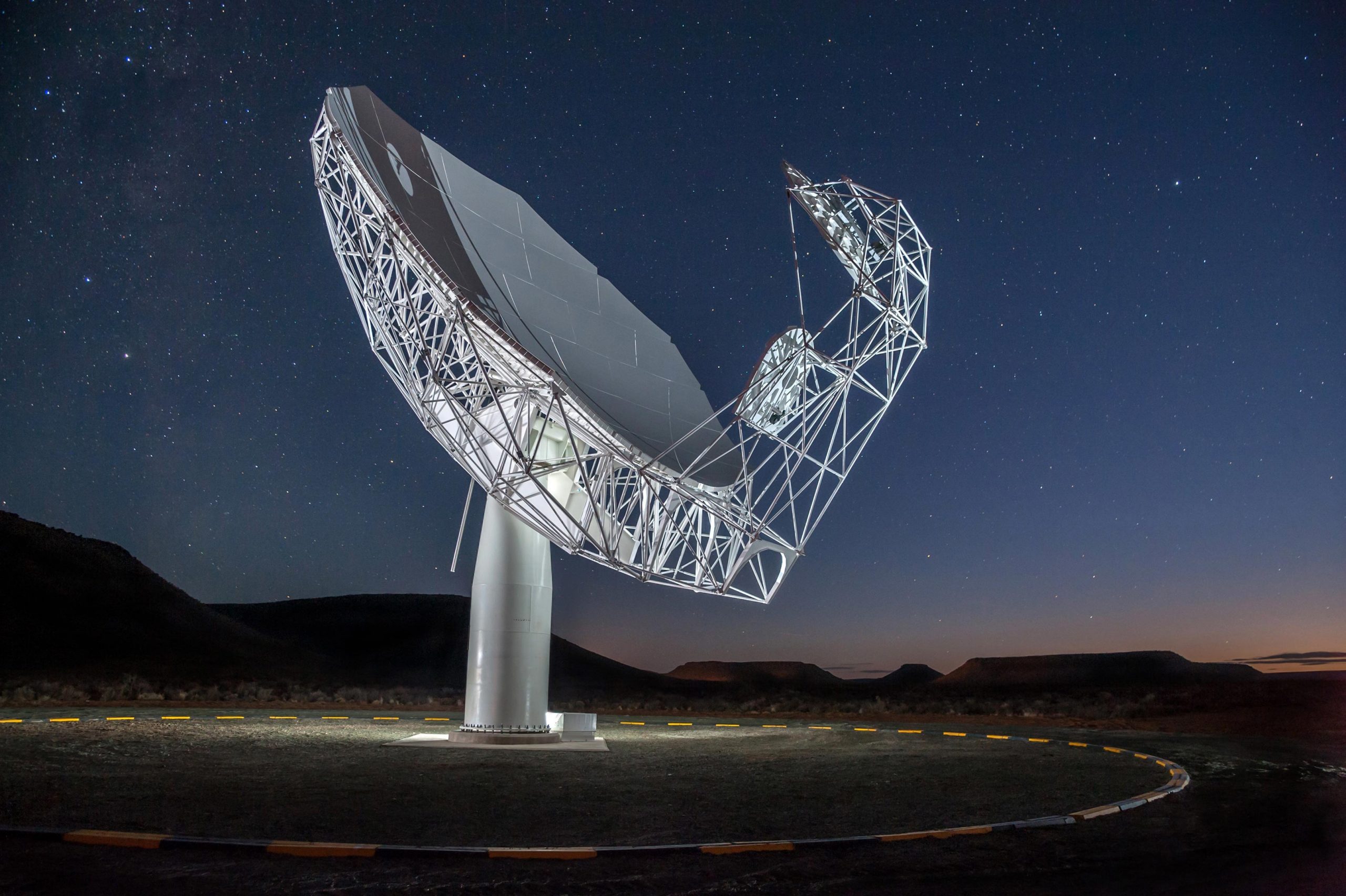Australian telescope maps three million galaxies in just 300 hours.
A group of Australian scientists has mapped around three million galaxies in just 300 hours (12.5 days) to create a ‘new atlas of the universe’. Shocked. Well, of course, this new and recent study that took place in Australia has left everybody amazed. Mapping galaxies is hard work but not impossible, especially with so many technological advancements in recent years. This new game-changer telescope took panoramic images of deep space at a record speed and has opened ways for new discoveries.
As per the Australian national science agency, the CSIRO, a powerful new telescope in outback Australia has mapped vast areas of the universe in record-breaking time. According to the reports, the radio telescope, dubbed as the Australian Square Kilometre Array Pathfinder (ASKAP), was able to map about three million galaxies in just 300 hours.
It is the first time that the CSIRO’s Australian Square Kilometre Array Pathfinder (ASKAP), a radio telescope located about 370 kilometres north-east of Geraldton in Western Australia, has been thoroughly tested, and the results have been considered a game-changer for astronomers. While past surveys have taken years to complete, this new survey smashed all the previous records and the test was concluded in less than two weeks.
The team of Australian scientists used the images of the sky to create a ‘Google Maps’ of the night sky that you can interact with and use to see details of far-flung parts of the known universe.
ASKAP is special:
The Australian Square Kilometre Array Pathfinder (ASKAP) broke records as it conducted its first survey of the entire southern sky – a process that has taken up to a decade using previous generations of telescopes. This Australian radio telescope is highly unique because of its wide field of view, which allows it to take panoramic pictures in sharper detail than before.
ASKAP comprises 36 antennas spread over six kilometres in a remote, radio-quiet area. These antennas feed massive amounts of data to a supercomputing facility 700 kilometres away in Perth, which then reconstructs the images.
The telescope only needed to combine 903 images to map the entire southern sky, compared with other all-sky radio surveys that require tens of thousands of images. This telescope is being considered a game-changer by scientists around the world. While it is also being considered that this new study is a major development and proves that radio astronomy is ready for a major leap forward.
What is radio astronomy?
Astronomers around the world use radio telescopes to observe the naturally occurring radio waves that come from stars, planets, galaxies, clouds of dust, and molecules of gas. There’s a hidden universe out there, radiating at wavelengths and frequencies we can’t see with our eyes. Each object in the cosmos gives off unique patterns of radio emissions that allow astronomers to get the whole picture of a distant object.
Radio astronomers study emissions from gas giant planets, blasts from the hearts of galaxies, or even precisely ticking signals from a dying star. Today, radio astronomy is believed to be a major branch of astronomy and reveals otherwise-hidden characteristics of everything in the universe.
Is it important to map the universe?
Mapping the universe help astronomers statistically analyse huge populations of galaxies and thus answer questions about their origins, dynamics, and evolution. Maps are really important for us; they provide crucial navigational assistance and offer information about terrain which is useful for land management. Similarly, maps of the sky provide astronomers with important context for research and statistical power.
Mapping of the universe gives astronomers and scientists necessary information regarding how certain galaxies behave, such as whether they exist in clusters of companions or drift through space on their own.
This new all-sky survey that took place in less than two weeks opens numerous opportunities for future researches. Over the next few years, ASKAP is expected to conduct even more sensitive surveys in different wavelength bands. In the meantime, this new study will greatly improve our knowledge of the radio sky and will prove helpful in the coming future.

